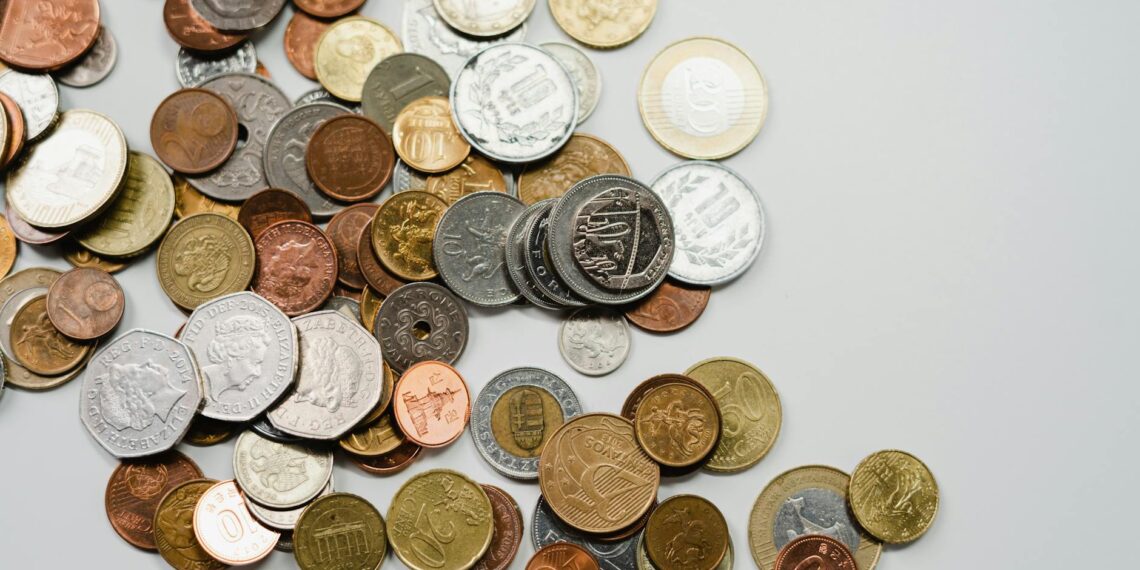While it’s tempting to restore a coin’s original shine, cleaning can significantly diminish its numismatic value, particularly for rare or collectible pieces. Most collectors prefer the natural patina and toning that develops over time, as it tells a story and adds to the coin’s historical appeal.
However, if a coin has accumulated significant dirt or environmental residue that obscures its features or could cause further damage, gentle and non-abrasive cleaning might be necessary. Here’s how to approach the task cautiously:
- Assess the Coin’s Value: Before attempting any cleaning, evaluate whether the coin is a common piece or potentially valuable to collectors. If in doubt, consult with a professional coin grader or numismatist for expert advice.
- Avoid Harsh Chemicals and Abrasives: Steer clear of acidic solutions like vinegar, lemon juice, or household cleaners, which can corrode or damage the coin’s surface and luster, warns [Endeavor Metals] . Similarly, avoid abrasive materials like toothbrushes or harsh scrubbing, as they can leave scratches and reduce the coin’s value.
- Handle with Care: Always hold coins by the edges to prevent transferring oils from your fingers onto the surface, [Real Simple] says.
- Prioritize Non-Destructive Methods: Focus on techniques that loosen dirt and debris without altering the coin’s original surface or chemical composition.
- Warm Water Rinse: A gentle rinse under lukewarm distilled water can remove loose dirt. Hold the coin by the edges and rinse each side, gently rubbing between your thumb and index finger to help loosen dirt. Pat or air dry with a soft, lint-free cloth, avoiding rubbing.
- Soak in Distilled Water: Soaking in distilled water can loosen more stubborn dirt. Place the coin in a non-reactive container with distilled water and soak for several minutes or longer. You can use a very soft brush while submerged, but avoid scrubbing. Rinse and dry.
- Acetone Dip (with caution): Pure acetone can remove organic residue in a well-ventilated area. Soak briefly, using an aluminum container, and rinse with running water before drying.
- Olive Oil Soak (for copper or bronze coins): Olive oil is a mild option for copper or bronze coins with verdigris. Soak for days or weeks, then rinse and dry gently.
Toning and patina are natural processes that can increase a coin’s value; removing them through cleaning can decrease it. For valuable coins or if unsure, consult a professional coin conservator or numismatist for cleaning or restoration without compromising value. The decision to clean depends on the coin’s characteristics, potential value, and your priorities. When in doubt, it is generally best to avoid cleaning, [Wikipedia] advises.











Can you clean a coin to increase value?
No. Cleaning a coin takes off any value. A corroded coin is worth more than a cleaned coin.
What not to use to clean coins?
Water is better for inorganic materials.
Use only pure acetone, rather than acetone-containing products (e.g. nail polish remover).
Some have a concern that acetone may react with copper.
Don’t rub a coin or wipe it dry.
For tips on cleaning ancient coins, visit r/ancientcoins.
Is WD-40 good for cleaning coins?
From my experience, The oil-base makes WD-40 reasonably effective at removing it without a lot of work. There is of course some sacrifice when this stuff is removed but fortunately the metal underneath is in pretty good condition and the coin, in hand, is much more presentable.